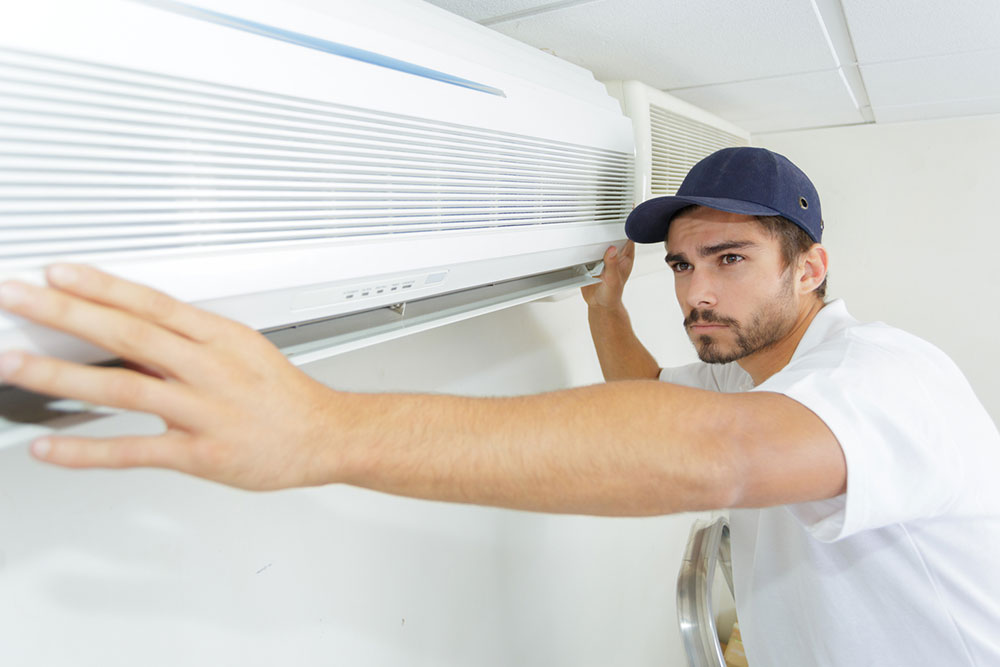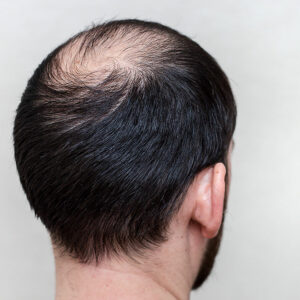7 ways to keep indoor air quality clean

An individual might find it easy to see dust around the house and sweep it in within a few minutes, but it’s much harder to know when the air in a home requires purification. While one may not notice it at first, poor indoor air quality could be hazardous to their health. So, it is important to take measures to ensure the air inside the home is always clean. Here are seven ways to keep the indoor air quality clean.
Change the AC filter
An air-conditioning system works year-round to ensure it maintains an ideal temperature at home. It also filters out pollutants while cycling through the air. Therefore, it is important to change the AC air filters regularly to ensure the dust particles do not create trouble for the individual where indoor air quality is concerned.
Use cooking vents
Several indoor air pollutants often originate from the kitchen. A gas stove may release harmful pollutants like carbon monoxide and nitrogen dioxide, which are dangerous when inhaled. Even electric burners generate the same contaminants at lower levels. Therefore, when an individual is cooking, they should turn on the kitchen vents so that the air is filtered and fresh air circulates in each.
Open windows and doors
Opening the windows and doors at home helps circulate the air inside the home to keep it as fresh as possible. However, this is a suitable option only if the outdoor air is clean or low in pollen. This method is one of the most cost-effective solutions to maintain clean air at home.
Keep rugs and carpets clean
One should note that rugs and carpets act as air filters and trap dust and other particles among their fibers. But if they are left dirty, these particles could rise back into the air and act as irritants when one breathes. Therefore, one should clean the rugs and carpets every week to ensure the air quality is well maintained. It is one of the simplest ways to maintain clean air at home.
Control the humidity
Moist and humid conditions are grounds for mold and mildew to grow. If this happens, it could put one at a greater risk of allergies and asthma. One could maintain the humidity levels at home with the help of a humidifier. The device helps reduce the moisture in the air and reduce the growth of molds. These devices could work well, especially in places that get hotter in the summer months, where it is usually humid.
Nurture indoor plants
One of the easiest ways to keep the indoor air quality clean is to buy and place indoor plants at various spots in each room. Plants like ferns and lilies serve as natural air filters that can significantly improve the atmosphere and air quality indoors. One could also pick indoor palm trees as these are one of the best options for extracting contaminants from the air.
Use an air purifier
Buying an air purifier for the home is another effective way to keep the air indoors clean. One should pick an air purifier with a high-efficiency particulate absorbing (HEPA) filter, as these do an adequate job of removing harmful particles from the air. Air purifiers help reduce pollutants such as VOCs, mold spores, excess carbon monoxide, and pet dander. It may also help filter flu virus particles from the air.










